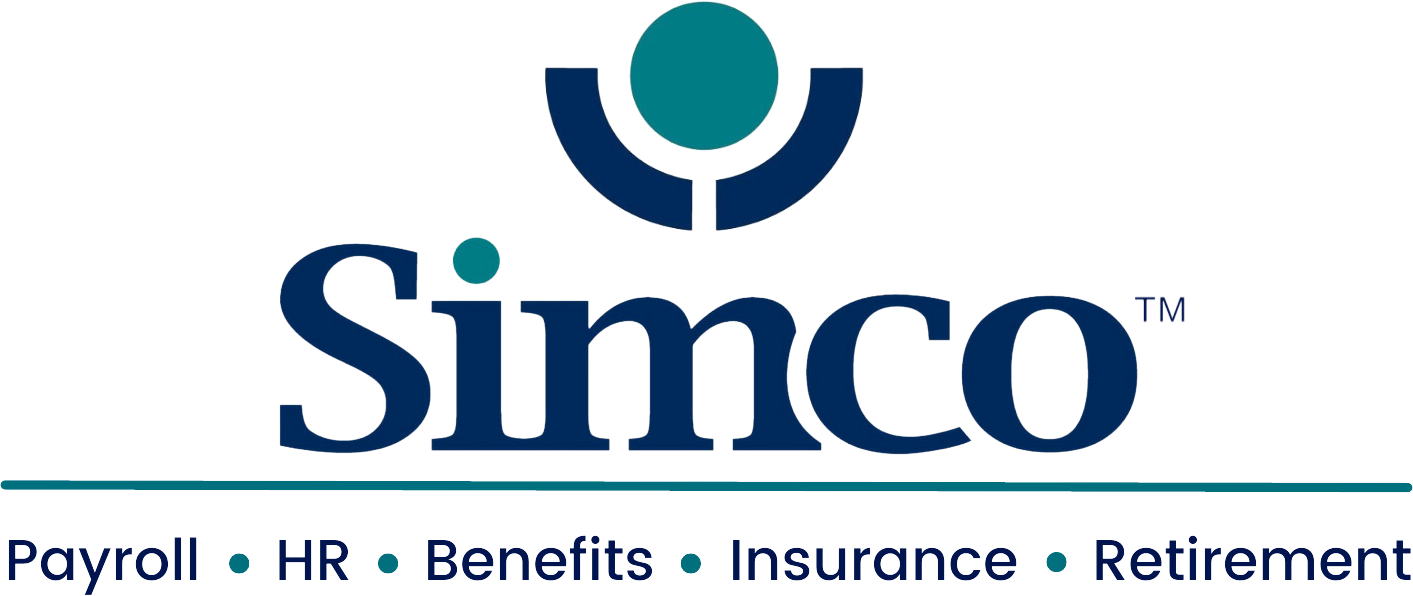It seems as if the coronavirus pandemic has flipped our whole world upside down. With everchanging infection rates & inconsistent recommendations on how to proceed, many companies will need to adapt quickly-that is if they want to succeed in the post-COVID era.
HR teams are leading these efforts and ensuring their company is staying in compliance with the everchanging mandates and interpreting what the conflicting guidance from officials really means for business. For many years, HR departments have dealt with assisting in important workplace changes, and it is no different today. This article includes just a few of the many ways the coronavirus is reshaping HR and has tips on how departments can adapt to the new challenges that come with it.
1. More Remote Working Opportunities
When nonessential businesses had to close their offices down, many could not function at all. Only organizations with employees who were capable and had the resources to work from home were able to maintain normal operations. This is inspiring leaders in companies to allow employees to continue working from home even after the pandemic ends if they choose to do so.
Employers should consider what areas of the business make it easier to have employees work from home. Even if only some employees are able to, working remotely enables adaptability in case the office has to close suddenly.
2. More Mental Health Benefits
Just because a business has reopened, it does not mean the hardship endured by employees should be forgotten. Employees may still be dealing with financial struggles, on top of mental health hardships, that can impact their ability to work when businesses reopen. Even workers who were able to work throughout the pandemic may be suffering from mental health issues, causing them to burn out.
Many employers are taking steps to reduce the mental health burden of those employees, by offering mental health benefits (i.e. counseling or telehealth). It can be as simple as working with employees to accommodate their needs whether it be increased flexibility in their work schedule, reduced hours, or more holistic approaches.
3. Virtual Training Solutions
Employers are now more eager than ever to take advantage of the capabilities that technology can offer. Virtual training is just one way they are doing so. With more employees working remotely, allowing new hires to train from home through an app or online, can make a lot of sense.
Even if you are an employer with no remote workers, it’s still not a bad idea to consider virtual training. It helps with social distancing in the workplace, which is so important right now, while also helping with retaining information. Many companies are already implementing virtual training, and you can expect to see more companies to follow in their footsteps. (Walmart, Home Depot, & Best Western are a few bigger companies that have started doing this).
4. Virtual Interviewing
Choosing to interview your candidates virtually is currently the safest option, but it will likely remain a common practice for employers in the future as well. By conducting interviews virtually, time and resources for both the employer and the candidate can be saved as there is no commute nor meeting place involved.
Virtual Interviews allow employers to select someone f rom a much larger talent pool due to having more time to do so, and the fact that many already look for jobs online means it is ideal. Being able to recruit on sites such as LinkedIn, Indeed, and Handshake, then naturally shifting into a virtual interview, may help get your newest asset in the door quicker.
5. Reskilled Workforces
Many employees are being forced by this pandemic to learn completely new processes, workflows, and standards in order to function. This is probably the most significant way COVID has begun to remodel HR. Some of these new skills go beyond just health protocols. Companies such as Amazon & AT&T are investing in training solutions to create a more dynamic & capable group of employees. Employers are investing in their workers and providing a better product overall, by improving those qualities.
Concluding Thoughts
These are just a few ways that COVID has begun to change the HR world. More challenges will likely continue to come up, meaning employers will have to adapt if they want to stay competitive. Call SimcoHR today to discuss how our HR Professional can help you with your workplace strategies & keep you ahead of the times.
Sign up for our newsletter.




